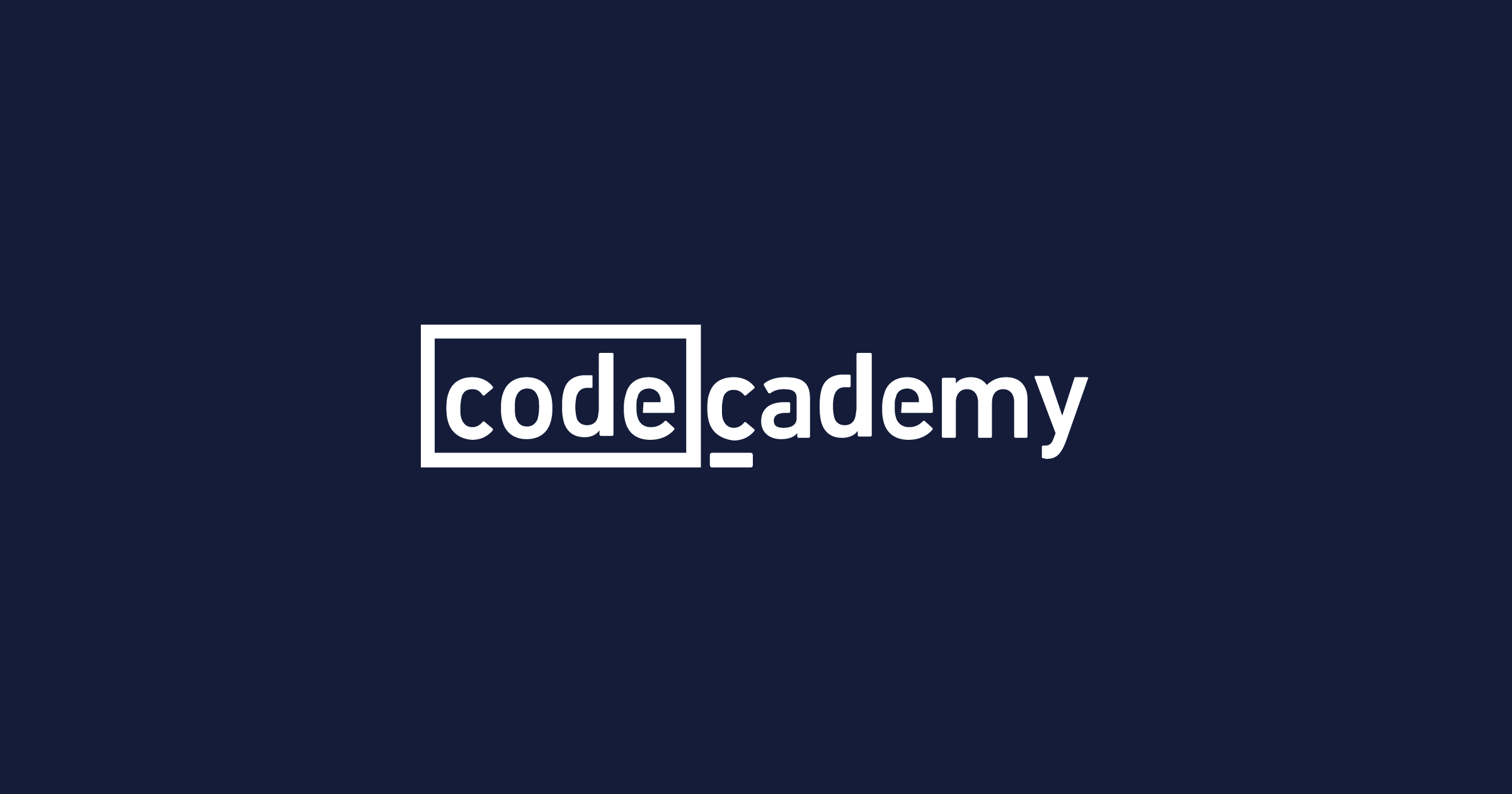🌍 If English is not your native language...
- Videos:
- You may wish to slow down the video speed and enable subtitles (if available), as some of the speakers may talk a bit quickly.
- Text:
- While not perfect, you may wish to use a translation service to clarify any points that you may be stuck on
A Word of Encouragement
✅ NOBODY is born with knowledge of any of this material. The amount of skill is a reflection of hours + effort. Everyone starts at zero.
✅ If you encounter someone very skilled, they've been practicing a long time. They didn't acquire their skills overnight, I can promise you.
✅ Everyone learns differently, and at different speeds. Find the resources that will help you succeed, whether that's on this page or somewhere else.
📢 You DO NOT need to be an expert in every single knowledge domain listed below! The idea is to build confidence across a broad spectrum of knowledge.
❗ There are no shortcuts! If you try to take shortcuts, you will eventually find yourself later trying to fill knowledge gaps. Take the time now to build a solid foundation.
💡 Learning new things is a slow process, but is well worth the time. It's completely normal to feel overwhelmed at first. Take it in small chunks and things will start making more sense as you progress.
💡 I would encourage you to seek out a mentor or a community of your peers. It is an immense help to have others to learn from and learn with. It's not a zero-sum game, we all give and take to and from each other.
Four Core Knowledge Domains
To be a well-rounded IT and cybersecurity professional, it is a matter of my opinion that the fundamental knowledge is broken into four domains:
- Operating Systems
- Computer Networking
- Web
- Programming
I put them in this order, because they build on each other. You should have a grasp of operating systems before moving onto networking. Then, have a grasp of networking before moving onto web. And so forth.
I believe that cybersecurity is a natural progression after competency in these four domains. The better you know the technology stacks, the better equipped you'll be to defend them.
Systems Administration
1. Foundational Knowledge
This is a series of brief videos that will introduce you to the technical metamorphosis of computers and their various parts. Very good stuff!

Operating Systems (13:35)

Memory & Storage (12:16)

Files & File Systems (12:02)

Command Line Interfaces (11:23)

Graphical User Interfaces (12:58)
2. Interactive Introduction to Computer Systems
Go through a gamified and engaging series of lessons that will introduce you to the hardware and software aspects of computer systems.

3. Systems Administration Crash Course by Google

Learn to Manage Linux and Windows via the command Line (Playlist)

Learn to Manage Common Services on Linux and Windows Servers (Playlist)
4. Introduction to Virtual Machines and VirtualBox

15:34
5. If You Want to Go Further...
Professor Messer's A+ Videos
Please Note!
This is not a recommendation to get the certification unless needed for a job! You can just watch the videos. I linked the Professor Messer A+ content, because it will introduce you to:
- Hardware concepts
- Operating systems concepts
- Troubleshooting methodology (which is useful to build analytical skills)
Professor Messer's A+ Training Course Part 1
Professor Messer's A+ Training Course Part 2
Computer Networking
1. Foundational Knowledge
Here you will be introduced to the history and metamorphosis of the technology that makes up computer networks and the larger Internet.

Computer Networking Crash Course (12:19)

The Internet — A network of networks (11:57)
2. Complete Networking Course by Google

Complete Networking Course Covering All the Fundamentals (Playlist)
3. Hands-On Networking Labs with GNS3
I'd recommend doing the lab in this order as some of the concepts may be difficult for complete beginners:
- Steps 1, 2, 3
- Then, steps 6, 7, 8, 9
If you're feeling ambitious, you could do the entire lab, but there are some concepts that may be best saved for later.
4. If You Want to Go Further...

Professor Messer's Network+ Videos
Please Note!
This is not a recommendation to get the certification unless needed for a job! The networking course by Google linked above should cover almost everything you need to know.
Web
1. Foundational Knowledge
Here, you will be introduced to the history and metamorphosis of the technology that makes up the World Wide Web.

11:36
2. How DNS Works
The Domain Name System (DNS) is a core component to the functionality of the web and web servers.

6:04
3. HTTP and HTML 101
HTTP is the protocol used between web browser and web servers to transfer data back and forth. HTML is the markup language that instructs browsers on how that data should be displayed on the page.

HTTP and HTML — Internet 101 (7:06)
4. Learn About the Web Interactively
While TryHackMe is a cybersecurity training platform, this free module is an informational module that will help you learn about the web technologies in a gamified manner.

Programming
1. Foundational Knowledge
Here you will have the opportunity to learn about the fundamental concepts in programming in a gamified manner. This entire module is interactive, so take it in small chunks at a time and have fun with it.

2. Learn PowerShell Interactively
This is a mini-series on my blog that will introduce you to programming fundamentals with PowerShell. PowerShell makes a great introductory language if you have a Windows computer, cause you can get started without having to install any additional software packages.

3. Learn Python Interactively
This is a very high-quality, free course on Udacity which will take you through the fundamentals of programming with Python. If you pick up here after my PowerShell course, you'll see a lot of the same concepts, just different ways of doing them with Python.

4. A Deeper Look into Programming
While this course is not interactive in nature, it is free and VERY informative. You'll gain a better understanding of computer numbering systems and the ways programs can control hardware, networking, and more.

More Free Resources













